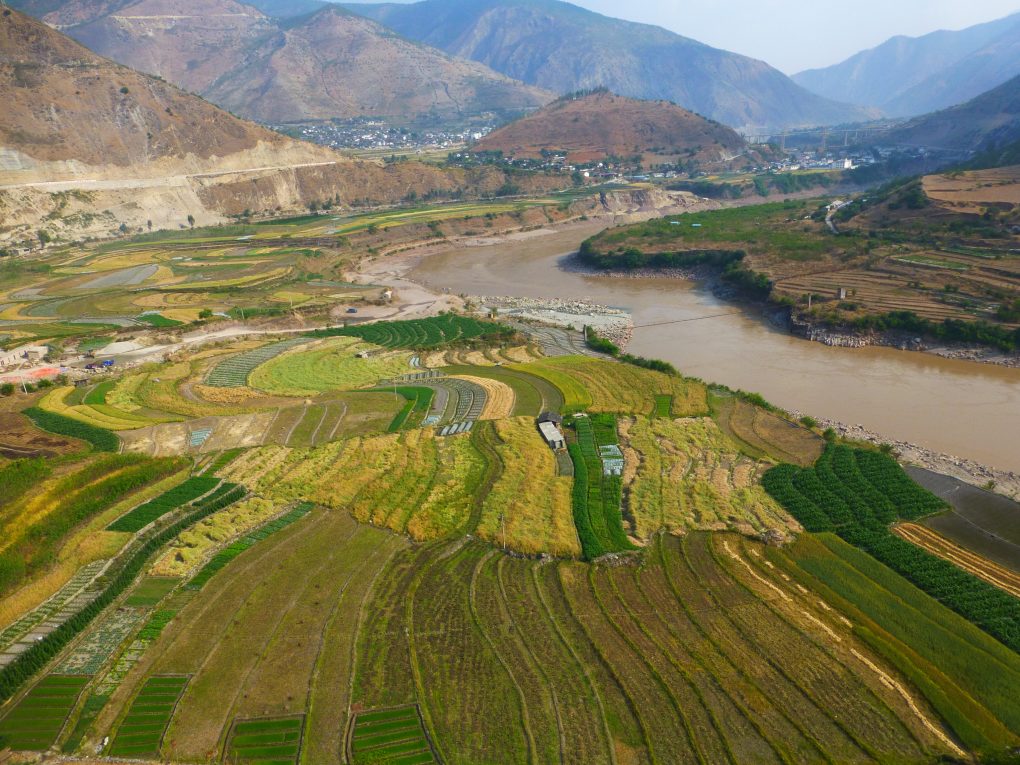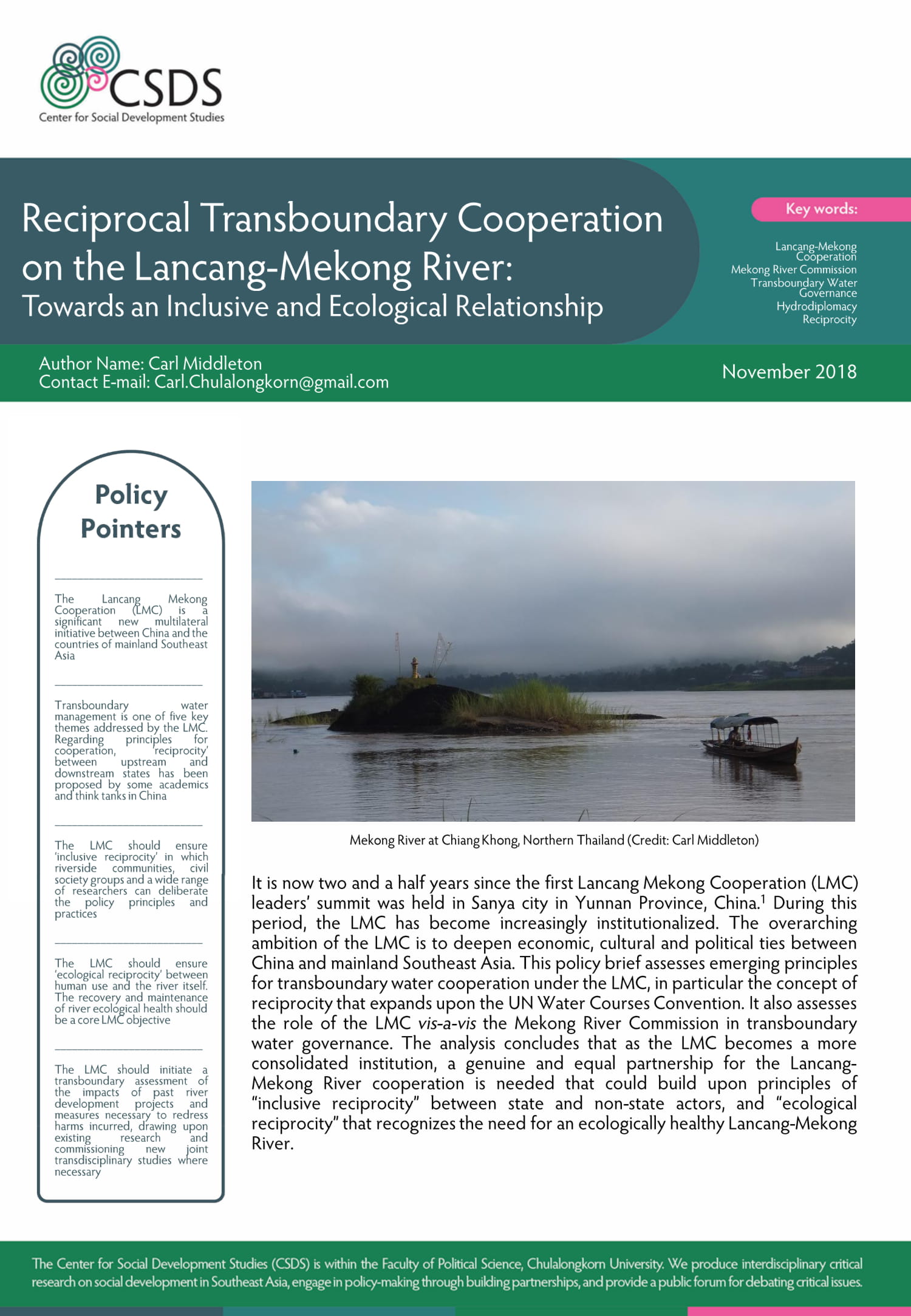OPINION: What does Chinese ‘reciprocity’ mean for Mekong’s dams?
/by Carl Middleton
The Lancang Mekong supports 70 million people living in the basin(Photo: He Daming)
It is now two and a half years since the first Lancang Mekong Cooperation (LMC) leaders’ summit was held in Sanya city on Hainan Island, China. The aim of the LMC – a China led multilateral body involving all six Mekong countries – is to deepen economic, cultural and political ties between China and mainland Southeast Asia. Leaders have repeatedly declared the importance of the Lancang-Mekong River to this cooperation. Reflecting this, on 1-2 November, the LMC will host the “1st Lancang-Mekong Water Resources Cooperation Forum” in Kunming, China.
The LMC’s second leaders’ summit in Phnom Penh, Cambodia in January 2018 revealed the swift pace of the initiative. This is reflected in the numerous senior-level meetings between governments, the initiation of almost 200 China-funded projects, and the LMC’s deepening institutionalisation through various LMC secretariats and working groups. Yet, while China has hosted people-to-people exchange programs and university scholarships, the LMC’s state-centric approach has afforded little opportunity for public deliberation about its overall policy principles and direction.
Through the LMC, some government officials and scholars from China have proposed that downstream and upstream countries have both rights and responsibilities towards each other. This concept of ‘reciprocity’ is not yet official LMC policy, but suggests a shift in government position compared to China’s earlier unilateral construction of dams on the Lancang River. Overall, the LMC and its proposition of ‘reciprocity’ appears to be an invitation to negotiate basin-wide water cooperation on the Lancang-Mekong River.
Much, however, remains uncertain. For example, how will the LMC build upon the existing inter-governmental Mekong River Commission, established in 1995 by the four lower basin countries? How will the LMC address concerns of riverside communities and civil society and ensure their meaningful inclusion? And how will countries ensure the river’s ecological health given the strong push for economic growth and associated water infrastructure projects? This article asks whether the LMC and the concept of ‘reciprocity’ is a promising approach to meet these challenges.
For the full article, please click here.





